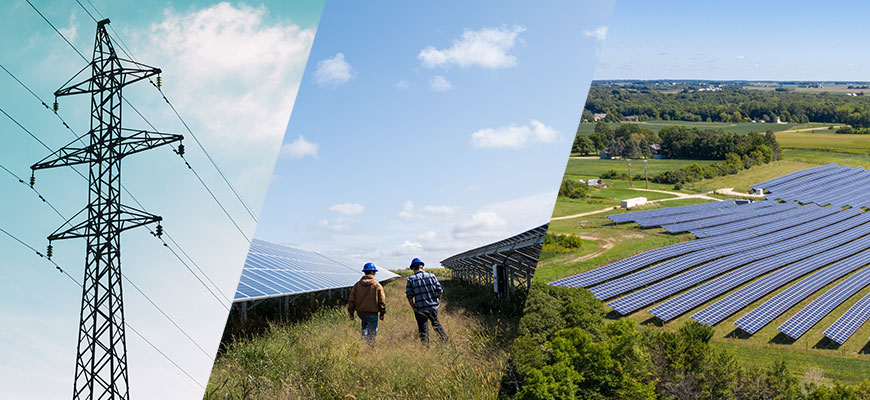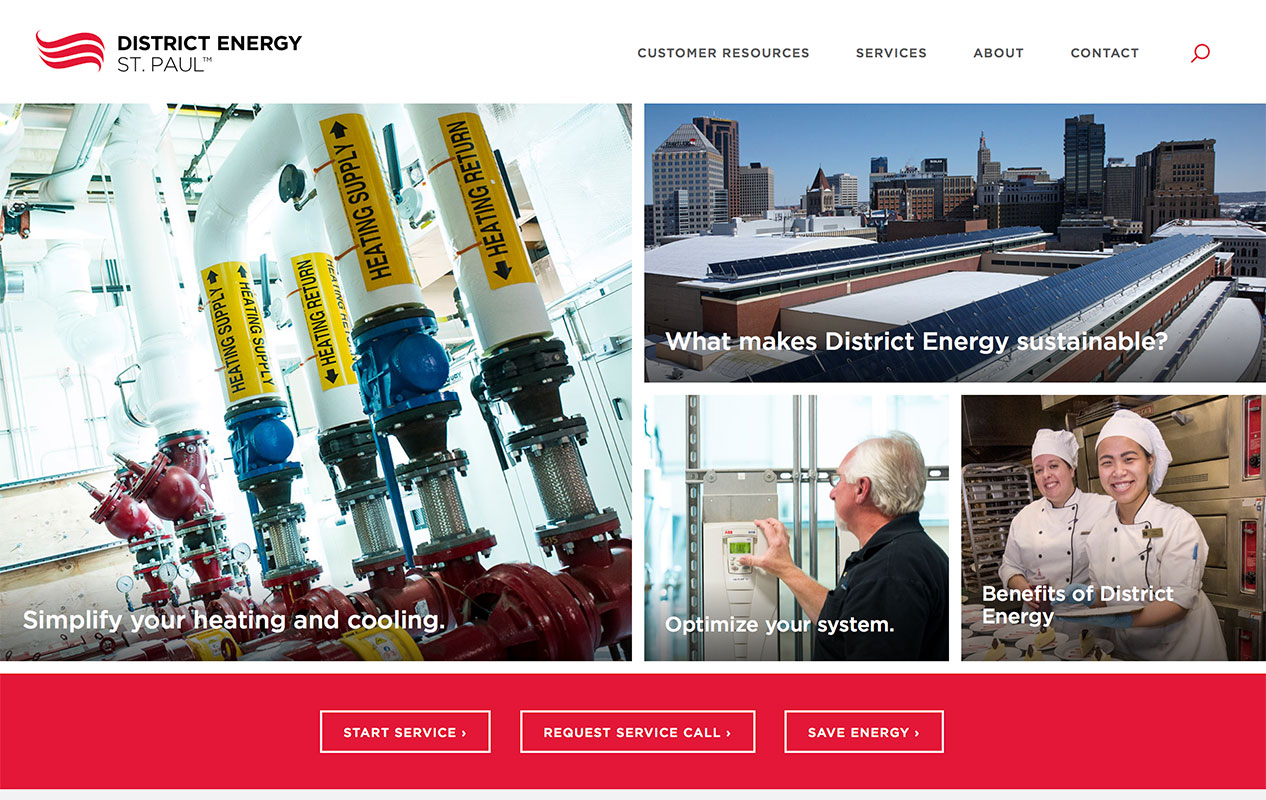


The largest municipal gas utility is Duluth, which serves in a city of approximately 86,000. The smallest municipal electric is tiny Whalan, with a population of 66 (2020 census). The median municipal electric utility has approximately 1,400 customers. The average municipal electric utility has fewer than 3,200 customers. 78% of have fewer than 5,000 customers and about 17% have fewer than 500 customers. The other municipal electric utilities with more than 10,000 customers are Alexandria, Anoka, Austin, Chaska, Elk River, Owatonna and Shakopee. The next largest municipal, Moorhead, is much smaller, with a population of approximately 44,000. See the state map for their locations.īy far the largest municipal electric utility is Rochester, which serves a city of approximately 123,000 people. These utilities are located throughout the state. There are 124 municipal electric and 33 municipal gas utilities in Minnesota (some cities with municipal electric utilities also operate municipal gas utilities other cities operate a gas utility but not an electric utility). Investor-owned utilities comprise the largest segment of the industry in Minnesota, serving over 1.5 million customers. IOUs are regulated by the Minnesota Public Utilities Commission (PUC). Capital is raised through stock sales, taxable bonds and through operating revenues. They exist to make a profit for their stockholders while serving the public. Investor-owned utilities, also known as IOUs, are governed by a board of directors elected by stockholders. Cooperatives serve approximately 853,000 customers. Traditionally, cooperative boards set their own rates. Cooperatives often access funds through the federal Rural Utilities Service, or the National Rural Utilities Cooperative Finance Corporation (CFC), a privately owned, non-governmental organization. Cooperatives are non-profit entities but make a ‘margin’ on sales. Those cooperative customers whose name appears on a bill are eligible to vote for directors. Municipals also occasionally address wholesale power and transmission transactions at the Federal Energy Regulatory Commission.Ĭooperatives are governed by an elected board of directors. Various safety and service issues are regulated by the state PUC or federal government. Regulation is largely through the local council or commission. There are 124 municipal electric utilities in the state, and they serve approximately 386,000 customers. Capital is raised through operating revenues or sale of tax-exempt bonds. Municipal utilities are governed by the city council or appointed utility commission. The electric utility industry is comprised of municipal utilities, cooperatives and investor-owned utilities. Meet Minnesota's Municipal Utilities Current Industry Structure


 0 kommentar(er)
0 kommentar(er)
